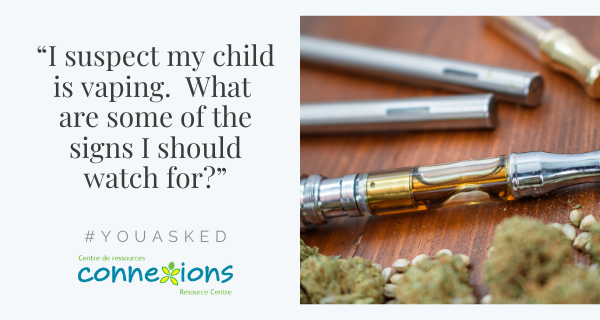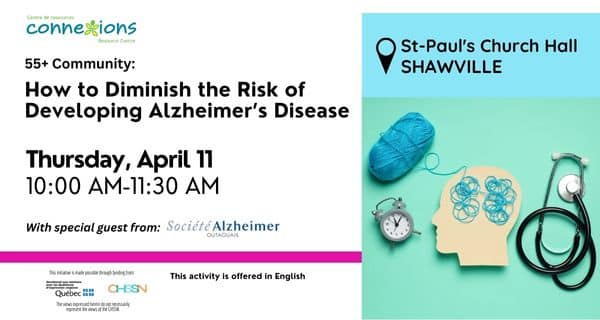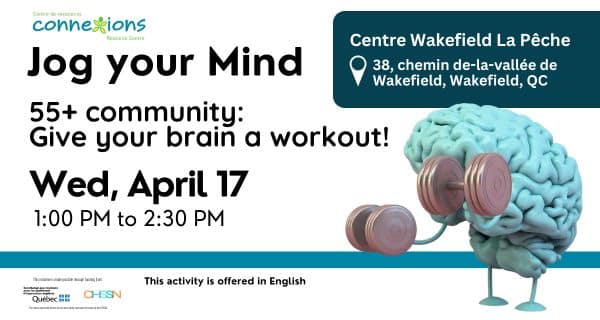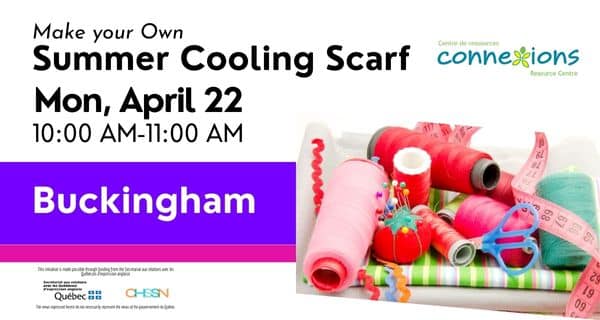 Vaping products, also known as e-cigarettes, vape pens, vapes, mods, tanks, and e-hookahs, can have many negative effects on youth and young adults. It can increase their exposure to harmful chemicals and can lead to nicotine addiction and physical dependence. And though the occurrence is rare, there have been defective vaping products that have caught fire or exploded, leading to serious burns and injuries.
Vaping products, also known as e-cigarettes, vape pens, vapes, mods, tanks, and e-hookahs, can have many negative effects on youth and young adults. It can increase their exposure to harmful chemicals and can lead to nicotine addiction and physical dependence. And though the occurrence is rare, there have been defective vaping products that have caught fire or exploded, leading to serious burns and injuries.
Though not all vaping products contain nicotine, the majority do. And while some vaping liquids can have low levels, many can have levels that are similar and even higher than that found in cigarettes. And youth are especially susceptible to the negative effects of nicotine. It can alter their brain development and affect their memory and concentration. And they can become dependent on nicotine more rapidly than adults.
Here are a few of the signs to look for if you suspect your child is vaping:
- Unexplained sweet scent: Though some vaping products are odorless and may not leave a lingering identifiable smell, in many cases, teens will choose a scented or flavored vapor. There are such flavors as Berry Lush and Watermelon Wave, which would leave a noticeable sweet scent. This could be a clue.
- Pens and USBs that look unusual: Vaping products can come in a variety of shapes and sizes. For example, JUUL, a popular vape device, looks like a flash drive and can be charged in a USB port. If your teen is carrying any unfamiliar tech-looking devices, they could be vaping.
- Discarded battery chargers or spare parts: Vaping devices do have parts and cartridges, spare wires, cotton balls or small containers (pods). And while some vape pens are charged with a simple USB cable, most will require batteries. And because most vaping pens only last two hours with constant use, they will need to be charged regularly. Also, vaping products can be “hidden” in vinyl “skins” or wraps. Finding these in your child’s backpack, bedroom, pockets or elsewhere is a good indication that your child may be vaping.
- Increased thirst: Dehydration, often described by vapers as dry or cotton mouth, is a common side effect of vaping. As such, your teen might be drinking more water that they typically would or they are exhibiting signs of dehydration (i.e. dark circles under the eyes, etc.).
- Nosebleeds: Because many people exhale the vapor through their nose, they will cause the inside of their nostrils to become dried, triggering nosebleeds.
- Bloody sores in the mouth and/or smoker’s cough: Studies are now linking vaping products with mouth wounds that won’t heal or smoker’s cough. You child might be complaining of sores in their mouth or might begin showing signs of unexplained coughing.
DID YOU KNOW?
- 23% of students in grades 7–12 have tried an electronic cigarette (recent Health Canada survey).
- Vaping devices may be used for other substances like cannabis.
- It is prohibited to sell or give vaping products to anyone under the age of 18.
- For more facts about vaping, visit Talking with your Teen About Vaping: A Tip Sheet for Parents
For more information about youth and vaping, visit: canada.ca/vaping
PLEASE TAKE NOTE OF THE FOLLOWING INFORMATION UPDATES FROM HEALTH CANADA:
- Oct 17, 2019 Information Update: Health Canada warns of potential risk of pulmonary illness associated with vaping products.
- Severe Lung Illnesses Related to Vaping – Latest National Case Information in Canada: Two Confirmed Cases of Severe Lung Illness Related to Vaping)





















